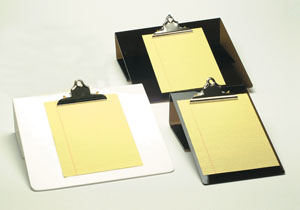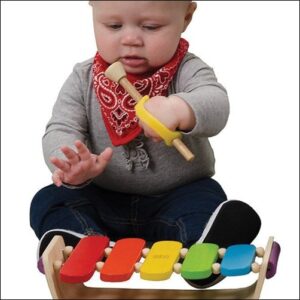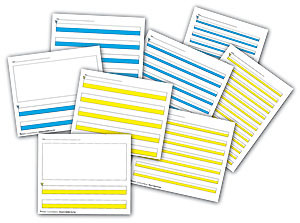 Here at Therapro we have a BIG focus on handwriting – from Programs, to Practice Worksheets, to Grips and Tools for maintaining proper positioning. Since positioning is the foundation for good handwriting, we recommend emphasizing these skills right from the beginning.
Here at Therapro we have a BIG focus on handwriting – from Programs, to Practice Worksheets, to Grips and Tools for maintaining proper positioning. Since positioning is the foundation for good handwriting, we recommend emphasizing these skills right from the beginning.
The best position for handwriting is with the wrist in extension. This extension provides the support necessary to get the hand into a tripod position to hold the pencil.
We’ve noticed two trends recently that can hinder proper handwriting development:
- Children have been learning to write, and using pencils much earlier
- Children have a tendency to “hunch” their shoulders due to poor muscle tone
- People don’t put babies on their stomachs anymore, meaning they don’t learn to push up – leading to weaker arm and shoulder muscles
The reason these can be an issue is because they’re using the wrong muscles of the hand – what happens is they get a “death grip” on the pencil from holding it wrong, and keeping the wrist in the wrong position.
If babies don’t gain arm and shoulder strength, this can manifest itself when first grade teachers introduce handwriting. Low muscle tone leads to poor posture and grip, which become evident when the child first learns writing skills.
The way to get out of these bad habits is to put the wrist into extension. Since you don’t want them writing all over your walls (we don’t, at least!), the solution is a slanted surface. Having an incline of at least 20 degrees is the ideal angle for wrist extension and proper handwriting technique. Getting the writing surface more toward vertical will straighten the wrist and provide the support needed to hold a pencil correctly.
Our Write Slant Boards were first developed for the adult market, but are great to use with kids, and in the classroom. The slant board not only puts the wrist in extension, but it is also good for vision, visual tracking, and strengthening posture.
In the same vein as our Write Slant Boards is the Preschool Board, which not only is excellent for learning handwriting, but is also a versatile desktop tool. The idea was developed by an Occupational Therapist. It can be converted from a 30 degree angle for handwriting, to a 60 degree angle to be used as an art easel. The Preschool Board also comes with built-in storage for all of your writing and art supplies!

 Smith’s guide provides a variety of
Smith’s guide provides a variety of